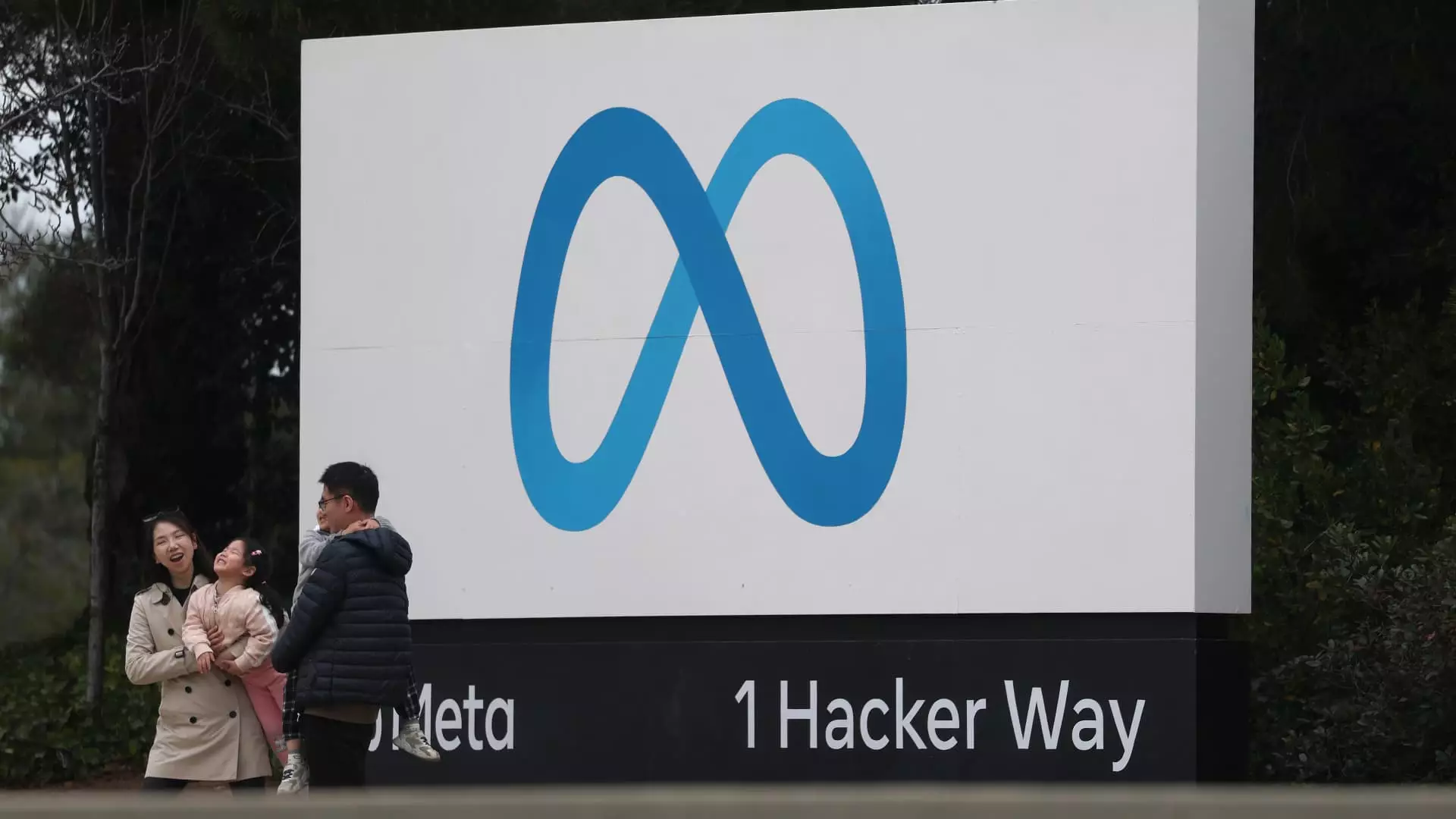As the market closes, after-hours trading offers a glimpse into the dynamic responses of investors to the day’s earnings reports. Recent movements in stock prices among major companies showcase a diverse range of performance metrics and investor sentiment. This article delves into the details of after-hours trading for these significant corporations, highlighting both successes and setbacks that have captivated investors’ attention.
International Business Machines (IBM) has captured headlines with a notable 9% surge in its share price following their robust fourth-quarter results. The tech giant reported adjusted earnings of $3.92 per share, surpassing analyst expectations of $3.75, on total revenues of $17.55 billion against an anticipated $17.54 billion. A pivotal highlight from CEO Arvind Krishna emphasized the impressive growth in their generative artificial intelligence business, which has risen by nearly $2 billion compared to the previous quarter. This performance signals a growing market confidence in IBM’s ability to innovate and capitalize on emerging technologies, setting a positive tone for the company’s future.
Meta Platforms also made waves in after-hours trading, with shares climbing approximately 5%. The company’s fourth-quarter earnings of $8.02 per share and revenue of $48.39 billion outperformed expectations of $6.77 and $47.04 billion, respectively. This performance highlights Meta’s successful navigation through competitive pressures in the tech landscape. However, the company faces challenges outside its financials, as reports suggest that it has entered a settlement agreement involving a $25 million payment related to a lawsuit. As Meta strives to maintain investor confidence, it must balance strong performance with external legal and reputational considerations.
In contrast to its competitors, Microsoft experienced a 2% decline in its shares despite reporting impressive top and bottom-line results. Azure, the company’s cloud computing division, showcased a substantial growth rate of 31% in its fiscal second quarter. However, this narrowly missed the market’s expectations of 31.1%. Investors seem to adopt a cautious outlook, taking into account both the fantastic performance and slight underachievement in projections, reflecting ongoing scrutiny in the highly competitive technology sector.
Tesla, the electric vehicle powerhouse, saw its stock price increase by more than 2% despite falling short of analysts’ forecasts in its fourth-quarter performance. The company reported adjusted earnings of 73 cents per share on revenues of $25.71 billion, while market expectations were set at 76 cents and $27.27 billion, respectively. This discrepancy highlights the challenges Tesla faces amid rising competition and regulatory scrutiny, compelling the company to continuously innovate and improve operational efficiencies.
On the other side of the trading spectrum, ServiceNow’s stock plummeted by over 7% despite aligning perfectly with analysts’ estimates in its fourth-quarter report. With earnings per share of $3.67 on $2.96 billion in revenue, the company’s performance reflects high investor expectations that were not met, leading to a sell-off in its shares. Conversely, Whirlpool experienced a more significant drop of 12%, as its revenue fell short of analyst projections. The company reported net sales of $4.14 billion against expectations of $4.24 billion, prompting a strategy shift with plans for substantial cost reductions by 2025.
Against the backdrop of these mixed results, Wolfspeed and Lam Research managed to secure positive momentum in after-hours trading. Wolfspeed reported an adjusted loss of 95 cents per share on revenues of $180.5 million, surpassing lower expectations and yielding a slight increase in stock value. Similarly, Lam Research experienced nearly a 6% rise in its stock, with its adjusted earnings of 91 cents per share beating the anticipated 88 cents, even as revenue figures missed forecasts. These results underscore the potential for growth and adaptability in these less prominent but essential tech sectors.
The aftermath of these earnings reports reveals a broader market sentiment that remains mixed. Traditional heavyweights like Levi Strauss and Western Digital face downward pressure due to disappointing guidance and earnings, while companies such as Nvidia and Las Vegas Sands are experiencing fluctuations despite their reported earnings success. The organizations within this market spectrum highlight the diverse challenges and opportunities in the current economic climate.
The after-hours trading landscape illustrates a complex and often contradictory market reaction to corporate earnings. While some companies bask in the glow of solid performance, others grapple with challenges disappointing investors. As businesses navigate both market expectations and their financial realities, maintaining a pulse on investor sentiment will be critical moving forward.

